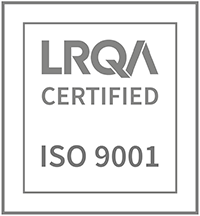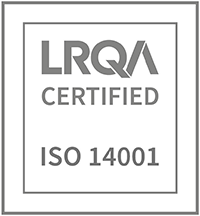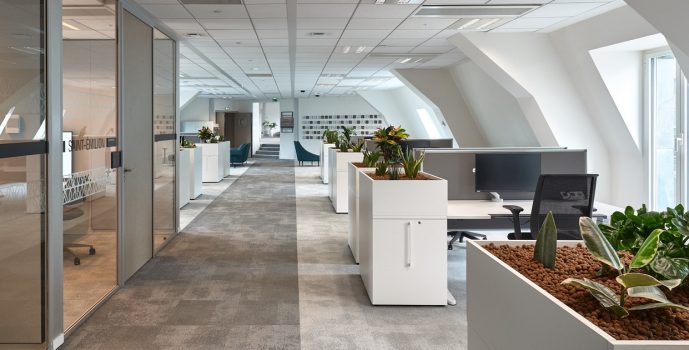The overarching goal of any organisation is often to get the most out of its workers – boosting productivity levels to achieve the long-term business goals, and as such, firms spend a lot of money making sure their workplaces deliver maximum ROI – in every sense of the word.
That said, it’s easy to lose sight of what should really matter, in pursuit of ‘the wow factor’ – particularly if designing a space from a blank canvas. In fact, one of the most common mistakes landlords – and tenants – make when considering workplace architecture, is creating the best physical space, ignoring the importance of building the perfect, mentally-stimulating, work environment.
We all remember the ‘age of the cubicle farm’ many years ago, with workers hemmed into tiny, windowless boxes, built from false walls and awful fabrics – and thankfully, for us all, times have moved on since then.
Of course, we know that productive colleagues are often those who feel happy and settled in their work – and a lot of that comes down to the space they work in, and the availability of ‘options’ for differing types of work.
While technology, planning tools, and concentration strategies can boost efficiency, we also know that office design has a significant impact on how much actually gets done – and therefore should be considered on a regular basis, as the nuances and demographic of a workforce evolves.
At RBA, we’ve lost count of the number of times we’ve been asked for ‘open plan’ designs – but what does that actually mean? A vast call centre with endless rows of operators talking into their headsets is, technically, classed as open plan, and there are only a few organisations that want that – in the modern day and age.
What you should be thinking about, is variety. Workplace strategy expert Ron Friedman recommends identifying the types of work activities employees perform, and designing spaces around them.
One such example could be having small, personal spaces that employees can customise to fit their preferences, relaxed spaces for collaboration and bonding, and ‘quiet rooms’ for when individuals need some peace and quiet.
Going back to the open plan point, noise is often one of the largest complaints in all types of offices – and is known to lower productivity, while also being linked to illness, higher stress levels, reduced job satisfaction, and other negative effects. So sound masking is a great option if possible – but if not, zoning or the provision of noise-cancelling headphones is a good place to start.
If you’re tackling a full-scale project, consider if it’s possible to raise the ceiling height as part of the construction work. Science tells us that higher ceilings give a sense of ‘freedom’ and provide a better space to ideate and create – ten feet and above is the current standard that has been showing promising results.
While we’re talking about the senses, consider too, the importance of natural light – and if there’s room to introduce biophilic design elements too. The beauty of sunlight and nature? It’s bright, it’s proven to be a mood-booster, and if you can bring the outdoors in, it’s free!








